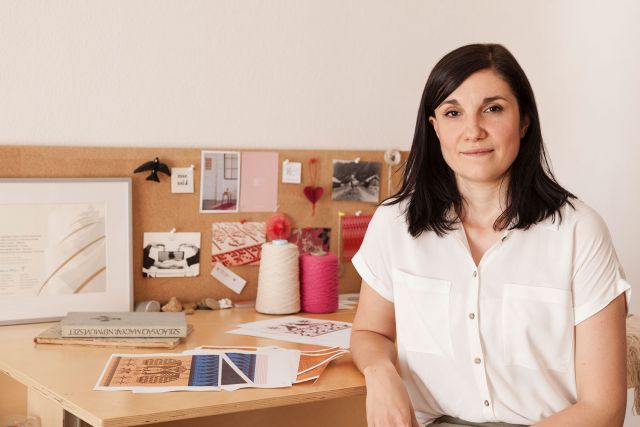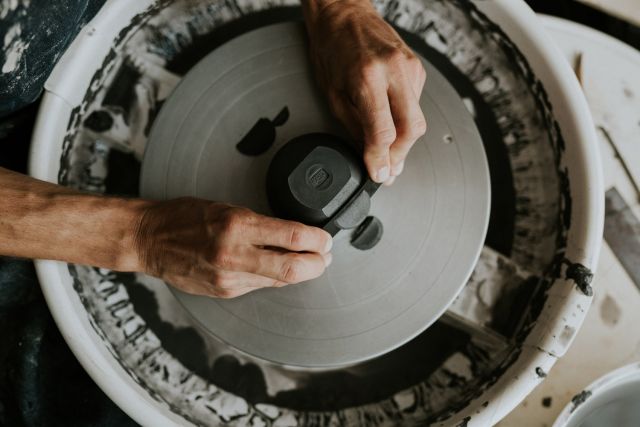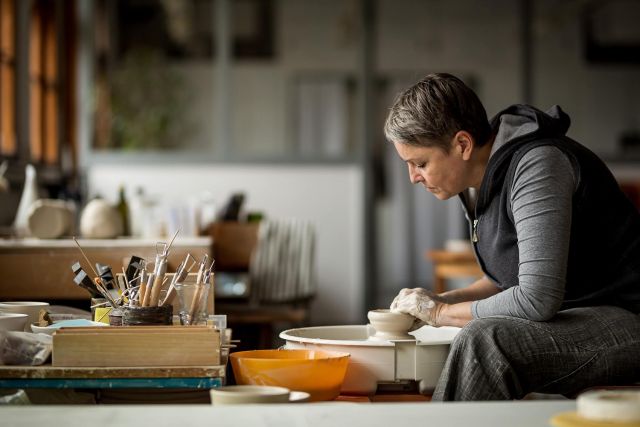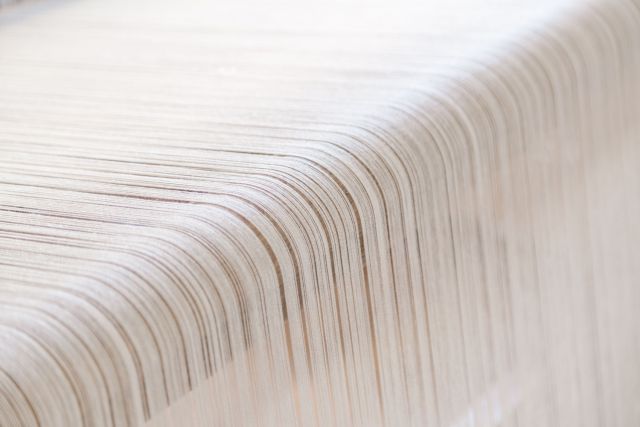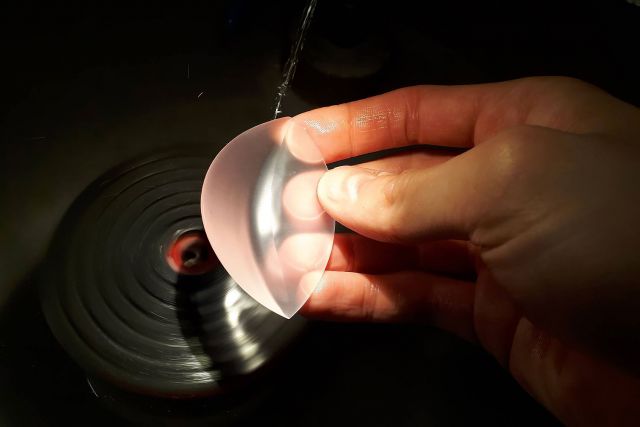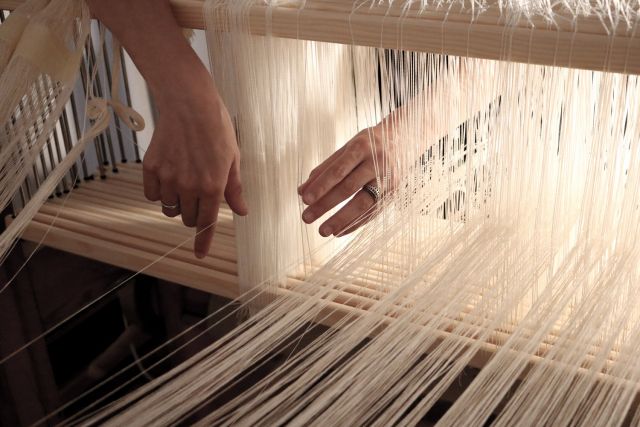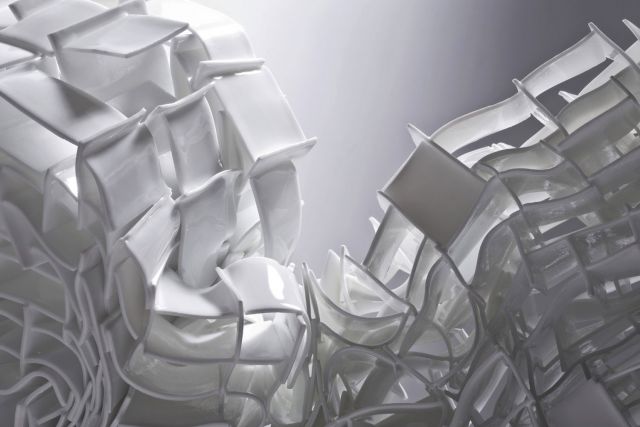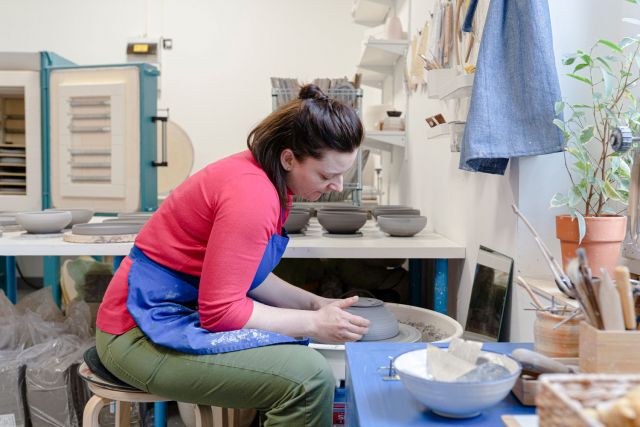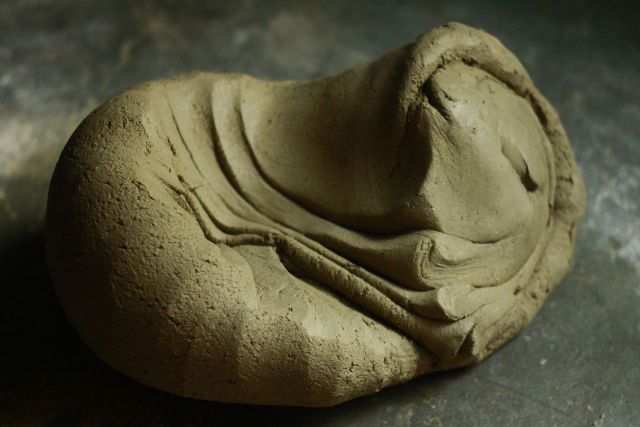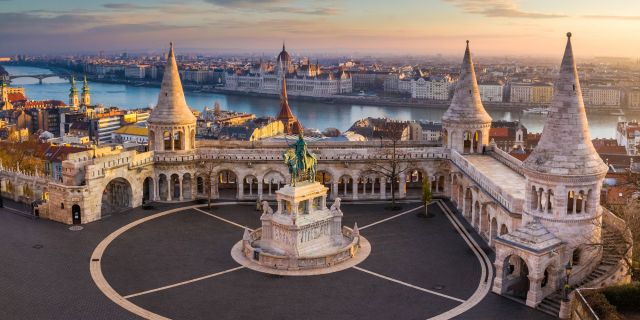
Judit Osvárt
- Curator
- Ambassador for Budapest, Hungary
A multidisciplinary approach to design
Judit Osvárt started her career as a journalist for different lifestyle magazines in Hungary. In 2006, she was the founding editor-in-chief of the local edition of Elle Decoration, then worked for H.O.M.E. and Flair magazine's international editions. Since 2013, she has been curator of Budapest Design Week, the biggest design event in Hungary with more than 150 programmes yearly, where the main aim is to raise awareness of design as a multidisciplinary approach. She's also involved with David Barath Design, a company that works on different design, branding and communication assignments and that she runs with her partner. Besides design and craftsmanship, she is interested in architecture, contemporary art and local history, and she also likes to travel.
What does craftsmanship signify for you?I am convinced that crafts are one of the most important and emotionally saturated ways of surviving traditions. I am a great admirer of traditions in all their forms, so I consider the survival of handicraft traditions to be especially important, the centuries of history, human knowledge, and the power of craftsmanship behind a single object.
How does it feature in your work and life?I personally love to spend time in different workshops and study the work of artisans, whether it be a carpenter or a basket weaver. In my work, I always try to draw attention to lesser-known aspects of our immediate environment, be it an architectural feature or a little-known handicraft technique. At Budapest Design Week, we always offer space for the presentation of artisans who ensure the survival of handicraft traditions.
What is the importance of working with craftspeople?I think it is very important to promote local talent, especially young ones who reinterpret old, traditional techniques or materials. Luckily, while many designers tend to design objects for mass production, there is a growing trend towards slow life, and the value of handcrafted products is growing.
How would you define excellence?Excellence is perfection in the details, and in all aspects of a product – let it be the idea behind the form, the perfectly executed production, the harmony between form and function, past and present, tradition and modernity.




